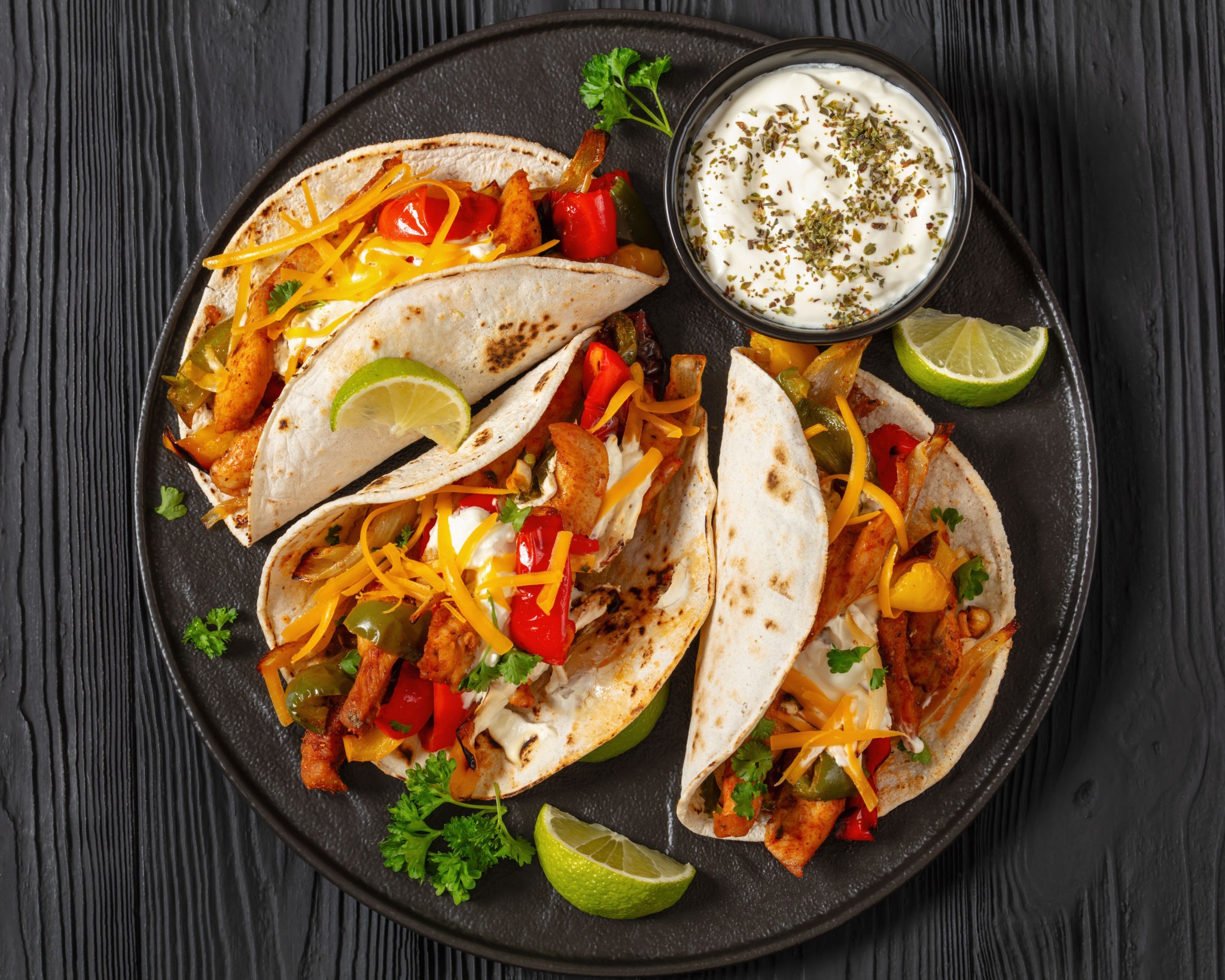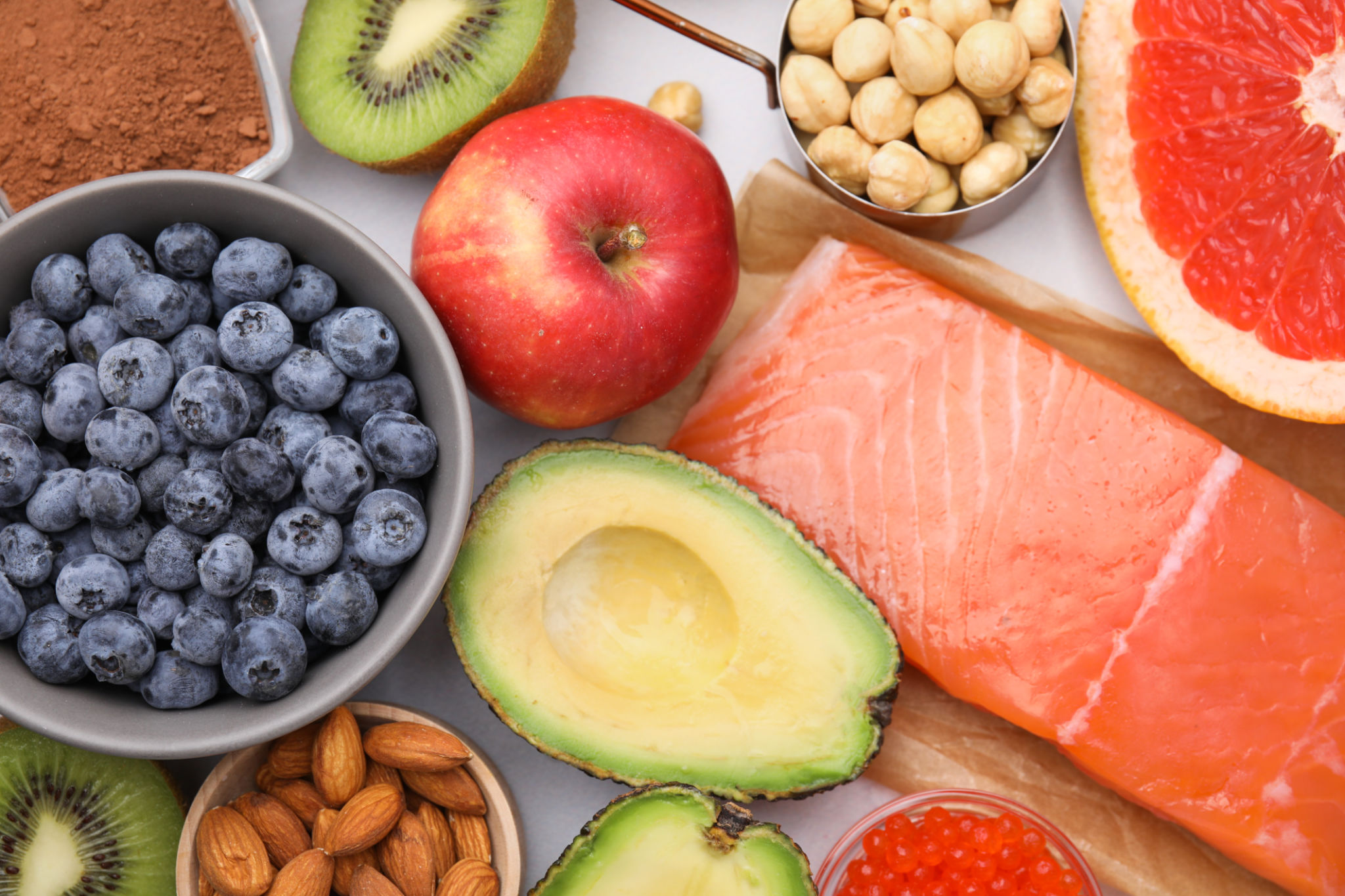A Culinary Journey: The Origins and Evolution of Tex-Mex Food
Introduction to Tex-Mex Cuisine
Tex-Mex cuisine, a vibrant fusion of flavors and cultures, has become a beloved staple in the culinary world. This delicious blend of Texan and Mexican food traditions offers a unique taste experience that tantalizes taste buds globally. But how did this iconic cuisine come to be? Let’s explore the origins and evolution of Tex-Mex food, delving into its rich history and diverse influences.

Historical Roots
The roots of Tex-Mex cuisine trace back to the 16th century when Spanish explorers first arrived in the region that is now Texas. The interaction between Spanish settlers and indigenous peoples led to the exchange of culinary techniques and ingredients. Over time, the incorporation of spices, meats, and cooking methods from both cultures laid the groundwork for what would eventually become Tex-Mex food.
As Texas gained independence and later became part of the United States, the influx of new settlers introduced additional influences to the region’s cuisine. German and Czech immigrants, for instance, brought their own flavors, further enriching the evolving culinary landscape.
The Rise of Tex-Mex
The term "Tex-Mex" was first used in the 1940s but gained prominence in the 1970s as Mexican-American restaurants in Texas began to popularize dishes such as nachos, fajitas, and chili con carne. These establishments often catered to American tastes by incorporating more cheese, beef, and cumin than traditional Mexican dishes.

By blending familiar American ingredients with Mexican culinary traditions, these restaurants created a distinct cuisine that quickly gained traction across the United States. The use of flour tortillas instead of corn tortillas, for example, became a hallmark of Tex-Mex cooking.
Signature Ingredients and Dishes
Tex-Mex cuisine is characterized by its bold flavors and hearty ingredients. Key components include:
- Chili peppers: Adding heat and depth to many dishes.
- Cheese: Often melted over enchiladas, nachos, and more.
- Beans: Used in various forms, from refried beans to bean chili.
- Beef: A staple protein in many Tex-Mex recipes.

Popular dishes like tacos, burritos, and quesadillas showcase the fusion of Texan and Mexican flavors, with adaptations that cater to diverse palates.
Tex-Mex Goes Global
In recent decades, Tex-Mex has transcended its regional origins to become a global phenomenon. Restaurants serving Tex-Mex cuisine have sprung up all over the world, introducing international diners to its bold flavors and hearty comfort food appeal. The cuisine’s adaptability has allowed it to incorporate local ingredients from different countries, further broadening its reach.
The popularity of Tex-Mex food is evident in the numerous fast-food chains and eateries dedicated to serving its signature dishes. This widespread appeal is a testament to its enduring taste and cultural significance.
The Future of Tex-Mex Cuisine
As culinary trends continue to evolve, so too does Tex-Mex cuisine. Chefs are experimenting with new ingredients and innovative cooking techniques while staying true to the core elements that define this beloved culinary tradition. Plant-based proteins, for instance, are making their way into traditional recipes, catering to an increasingly health-conscious audience.

The exploration of regional Mexican flavors has also inspired a new wave of Tex-Mex dishes that celebrate authenticity while embracing creativity. This dynamic evolution ensures that Tex-Mex cuisine remains a vibrant and exciting part of the global food scene.
Conclusion
Tex-Mex cuisine is more than just a fusion of flavors; it's a testament to the rich cultural history and constant evolution of the regions it represents. From humble beginnings to international acclaim, Tex-Mex continues to captivate food lovers with its irresistible blend of textures and tastes. As it adapts and grows, it remains a symbol of culinary innovation and cultural exchange.
